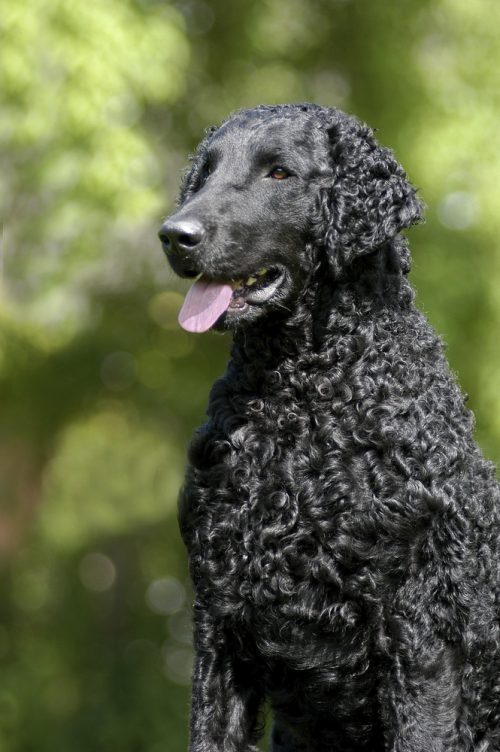
If you’ve ever scuba dived, surfed or swum in cold open water, paddled a kayak, or had reason to do a little underwater welding and cutting with a gas torch, you’ve probably worn a wetsuit.
Most sources credit Jack O’Neill as the inventor of the wetsuit if for no other reason than that O’Neill wetsuits have been around for so long. O’Neill wanted to be able to surf for more of the year, and to that end, started working on how to keep warm for longer periods of time in cold water. If you can believe it, in those days, surfers wore wool sweaters soaked in oil to retain body heat by repelling water. O’Neill was inspired to make by neoprene vests, later turning them into full-body wetsuits) when a proverbial light bulb went off over his head after noting the neoprene carpeting in the aisle of a DC-3 plane. The year was 1952.
While O’Neill had a big part in the evolution of wetsuits, most sources credit Hugh Bradner, a UC Berkeley physics professor and Manhattan Project scientist, as the true inventor of wetsuits. Even Wikipedia states that Bradner is considered to be the original inventor and “father of the modern wetsuit” which he invented in 1951 when he worked on improving the ability of U.S. Navy frogmen to work longer in water. That said, Bradner’s neoprene suit had no nylon layers on the outside, was delicate, and tore easily, and that’s why other people believe that O’Neill developed the first modern wetsuit.
But wait, there’s a third name that comes into the discussion about wetsuits, and that is Bob Meistrell. Along with his twin brother and another business partner, Meistrell started Body Glove, possibly the second biggest name in the wetsuit industry and behind the O’Neill brand only by a few years. But as Meistrell’s group started experimenting with neoprene around 1953, and O’Neill in 1952, dates alone give Hugh Bradner the edge as the original inventor.
You probably wondered two paragraphs ago what wetsuits have to do with purebred dogs, and for this we blame Jane Harvey, a wonderfully insightful show judge, dog expert, and author. In a brief history of the Curly Coated Retriever, Ms. Harvey writes that the tight curly coat of the breed traps a layer of water between its curls which serve as a “wet suit” while the retriever works.
In 1907, L.P.C.Astley described the Curly’s coat as one in which, “every knot is solid and inseparable….the little locks should be so close together as to be impervious to water and all parts of the body should be evenly covered with them, including the tail and legs. A bad class of coat and one that readily yields to the faker’s art is the thin open coat, which by careful manipulation can be greatly improved.”
“Faker,” you ask? It seems that in the early 1900s, unscrupulous breeders used curling irons to exaggerate the exuberance of curls and ringlets on a Curly Coat. In Audrey Nicholls’ The Curly Coated Retriever, she writes, “It is therefore very advisable for intending purchasers unless they know a vendor to be above such practices to examine a dog of this description thoroughly before they conclude a purchase or possible disappointment may be in store for them.”
We daresay that most modern Curlies needs no such enhancements to meet the breed standard: “The body coat is a thick mass of small, tight, crisp curls, lying close to the skin, resilient, water resistant, and of sufficient density to provide protection against weather, water and punishing cover.”
From wetsuits to curling irons. NPDD is nothing if not eclectic.
Image: Curly Coated Retriever dog/Deposit Stock photos
